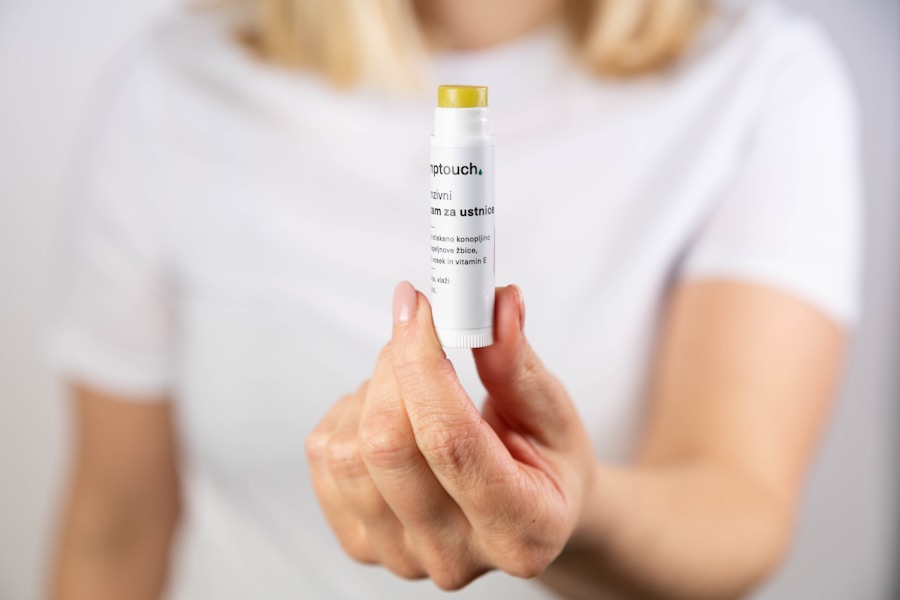Laser hair removal is a popular cosmetic procedure that uses concentrated beams of light to remove unwanted hair. The laser targets the pigment in the hair follicles, heating them up and damaging the follicle to inhibit future hair growth. This process is effective for both small and large areas of the body, including the face, legs, arms, underarms, and bikini line. It is important to note that laser hair removal is not a one-time treatment; multiple sessions are typically required to achieve long-lasting results.
Laser hair removal is a safe and effective method for reducing unwanted hair, but it is not suitable for everyone. People with certain skin types and hair colors may not be good candidates for this procedure. It is important to consult with a professional to determine if laser hair removal is right for you. Additionally, it is crucial to choose a reputable and experienced provider to ensure the best possible results and minimize the risk of complications.
Preparing for Laser Hair Removal
Before undergoing laser hair removal, there are several steps you can take to prepare for the procedure. First, it is important to avoid sun exposure and tanning beds for at least six weeks prior to treatment. Sun exposure can make the skin more sensitive to the laser and increase the risk of complications such as burns or discoloration. It is also important to avoid plucking, waxing, or electrolysis for at least six weeks before treatment, as these methods can disturb the hair follicle and interfere with the laser’s ability to target the pigment in the follicle.
In addition, it is important to shave the treatment area the day before or the day of the procedure. This helps the laser to target the hair follicles more effectively without singeing the surface of the skin. It is also important to avoid using any lotions, creams, or makeup on the treatment area on the day of the procedure, as these products can interfere with the laser’s ability to penetrate the skin. Finally, it is important to follow any specific instructions provided by your provider to ensure the best possible results from your laser hair removal treatment.
Aftercare Tips for Laser Hair Removal
After undergoing laser hair removal, it is important to take proper care of your skin to minimize discomfort and promote healing. It is normal to experience some redness and swelling in the treated area, which typically subsides within a few hours to a few days. To help soothe the skin and reduce inflammation, you can apply a cold compress or ice pack to the treated area. It is also important to avoid hot showers, saunas, and strenuous exercise for at least 24 hours after treatment, as these activities can increase inflammation and discomfort.
In addition, it is important to protect your skin from sun exposure in the days and weeks following laser hair removal. This includes wearing sunscreen with a high SPF and avoiding direct sunlight as much as possible. Sun exposure can increase the risk of complications such as burns or discoloration, so it is important to take extra precautions to protect your skin during this time. Finally, it is important to follow any specific aftercare instructions provided by your provider to ensure the best possible results from your laser hair removal treatment.
Managing Discomfort and Redness
It is common to experience some discomfort and redness after undergoing laser hair removal. This is a normal part of the healing process and typically subsides within a few hours to a few days. To help manage discomfort and reduce redness, there are several steps you can take. First, you can apply a cold compress or ice pack to the treated area to help soothe the skin and reduce inflammation. This can provide immediate relief and help promote healing.
In addition, you can take over-the-counter pain medication such as ibuprofen or acetaminophen to help manage any discomfort. It is important to follow the dosing instructions provided on the medication packaging and consult with your provider if you have any concerns. Finally, it is important to avoid hot showers, saunas, and strenuous exercise for at least 24 hours after treatment, as these activities can increase inflammation and discomfort. By following these tips, you can help manage discomfort and redness after undergoing laser hair removal.
Protecting Your Skin from Sun Exposure
After undergoing laser hair removal, it is important to take extra precautions to protect your skin from sun exposure. Sun exposure can increase the risk of complications such as burns or discoloration, so it is important to minimize direct sunlight as much as possible. This includes wearing sunscreen with a high SPF and avoiding prolonged sun exposure during peak hours. It is also important to wear protective clothing such as hats and sunglasses when outdoors.
In addition, it is important to avoid tanning beds and sunbathing for at least six weeks after treatment. Tanning can make the skin more sensitive to the laser and increase the risk of complications. By taking these precautions, you can help protect your skin from sun exposure and minimize the risk of complications after undergoing laser hair removal.
Long-Term Maintenance for Smooth Skin
While laser hair removal can provide long-lasting results, it is not a permanent solution for unwanted hair. Over time, some hair may regrow in the treated area, although it is typically finer and lighter in color than before. To maintain smooth skin and minimize regrowth, it may be necessary to undergo periodic maintenance treatments. Your provider can recommend a maintenance schedule based on your individual needs and goals.
In addition to maintenance treatments, there are several steps you can take to help prolong the results of your laser hair removal treatment. This includes avoiding plucking, waxing, or electrolysis in between treatments, as these methods can disturb the hair follicle and interfere with the laser’s ability to target the pigment in the follicle. It is also important to follow any specific aftercare instructions provided by your provider to ensure the best possible results from your laser hair removal treatment.
Consulting with a Professional
Before undergoing laser hair removal, it is important to consult with a professional to determine if this procedure is right for you. A qualified provider can assess your individual needs and goals and recommend a personalized treatment plan based on your skin type, hair color, and other factors. It is important to choose a reputable and experienced provider to ensure the best possible results and minimize the risk of complications.
During your consultation, be sure to ask any questions you may have about the procedure, including what to expect during treatment, potential side effects, and aftercare instructions. Your provider can provide you with detailed information about the procedure and help you make an informed decision about whether laser hair removal is right for you. By consulting with a professional, you can ensure that you are well-informed and prepared for your laser hair removal treatment.






